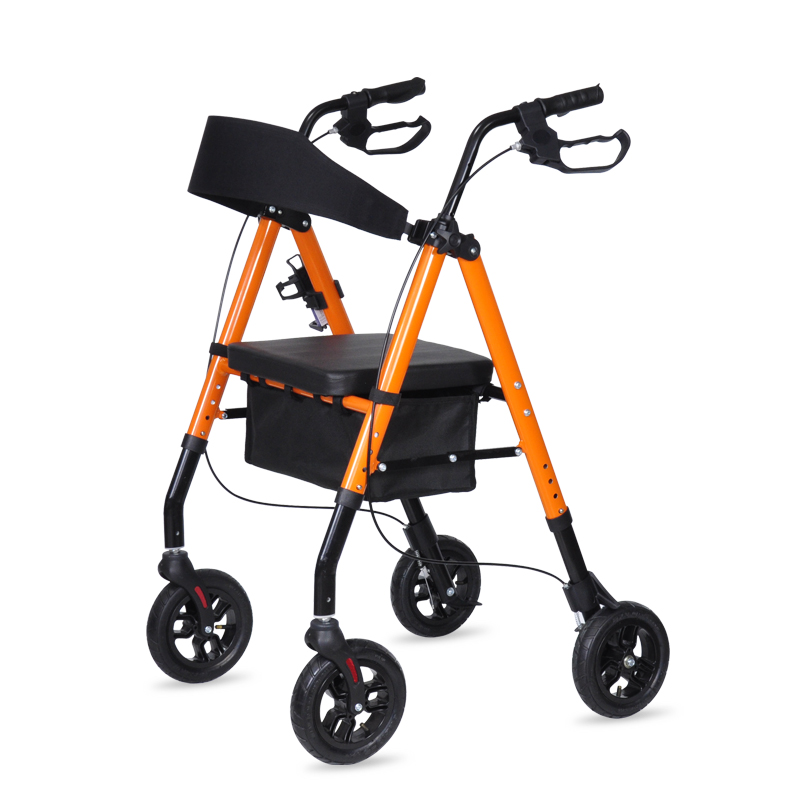Proper maintenance of a rollator is essential to ensure its longevity and reliability. Regular care can prevent common issues and keep the device in optimal working condition.
Start by inspecting the rollator’s frame for signs of wear and tear. Check for cracks, dents, or loose screws that might compromise its stability. Tighten any loose components promptly to avoid accidents.
Pay special attention to the wheels, as they play a critical role in the rollator's functionality. Ensure that the wheels rotate smoothly and are free of debris. For models with larger wheels, it may be necessary to check for proper inflation if they are air-filled.
The brakes are another essential component that requires regular inspection. Test the brakes periodically to confirm they are functioning correctly. Adjustments or replacements may be needed if the brakes become less effective over time.
For rollators with seats and storage compartments, cleaning these areas regularly can prevent the buildup of dirt or bacteria. Use mild soap and water to wipe down the surfaces, and allow them to dry completely before use.
By dedicating a little time to maintenance, users can extend the lifespan of their rollator and ensure it remains a reliable mobility aid.
1.Easily fold for convenient transport and storage
2.Height adjustable Arms
3.Convenient storage bag under seat
4.With fold foot pedals, can be put down at any time to rest
5.Dual braking system-reducing fatigue and easy to hand brakes
6.Tool free Assembly -Easily assemble the rollator without the use of any tools.